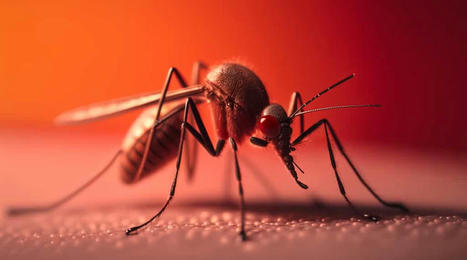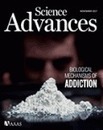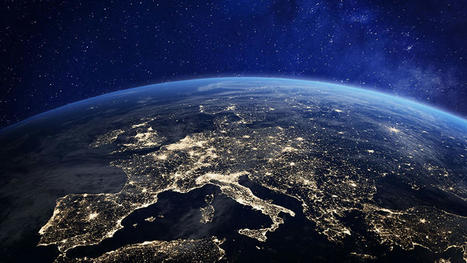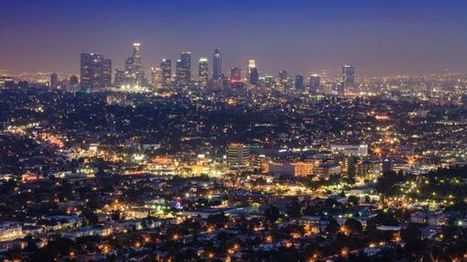Des chercheurs ont réussi à prouver en laboratoire que les moustiques ne sont pas plus actifs seulement à cause de la hausse des températures liée au réchauffement climatique, mais aussi en grande partie à cause de la pollution lumineuse. La lumière artificielle de nos villes allonge leur période d'activité et les empêche d'entrer en phase de repos.
Via Hubert MESSMER



 Your new post is loading...
Your new post is loading...












via @Insects_MDPI Wolkoff, M.; Fyie, L.; Meuti, M. Light Pollution Disrupts Seasonal Differences in the Daily Activity and Metabolic Profiles of the Northern House Mosquito, Culex pipiens. Insects 2023, 14, 64. https://doi.org/10.3390/insects14010064